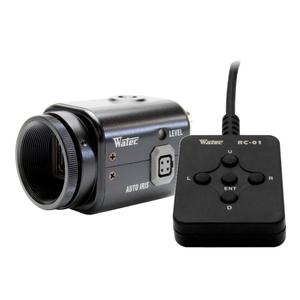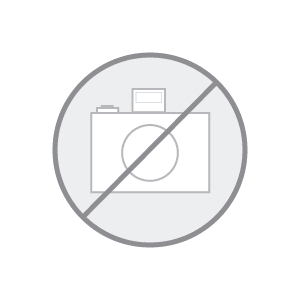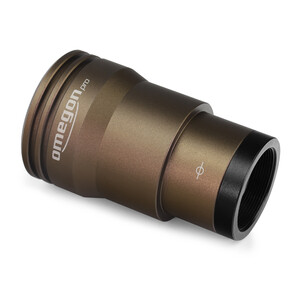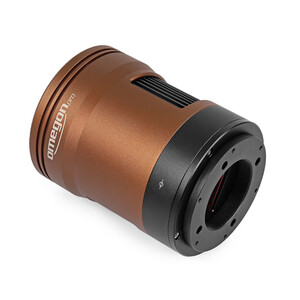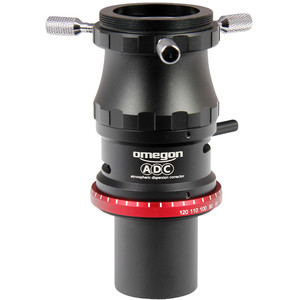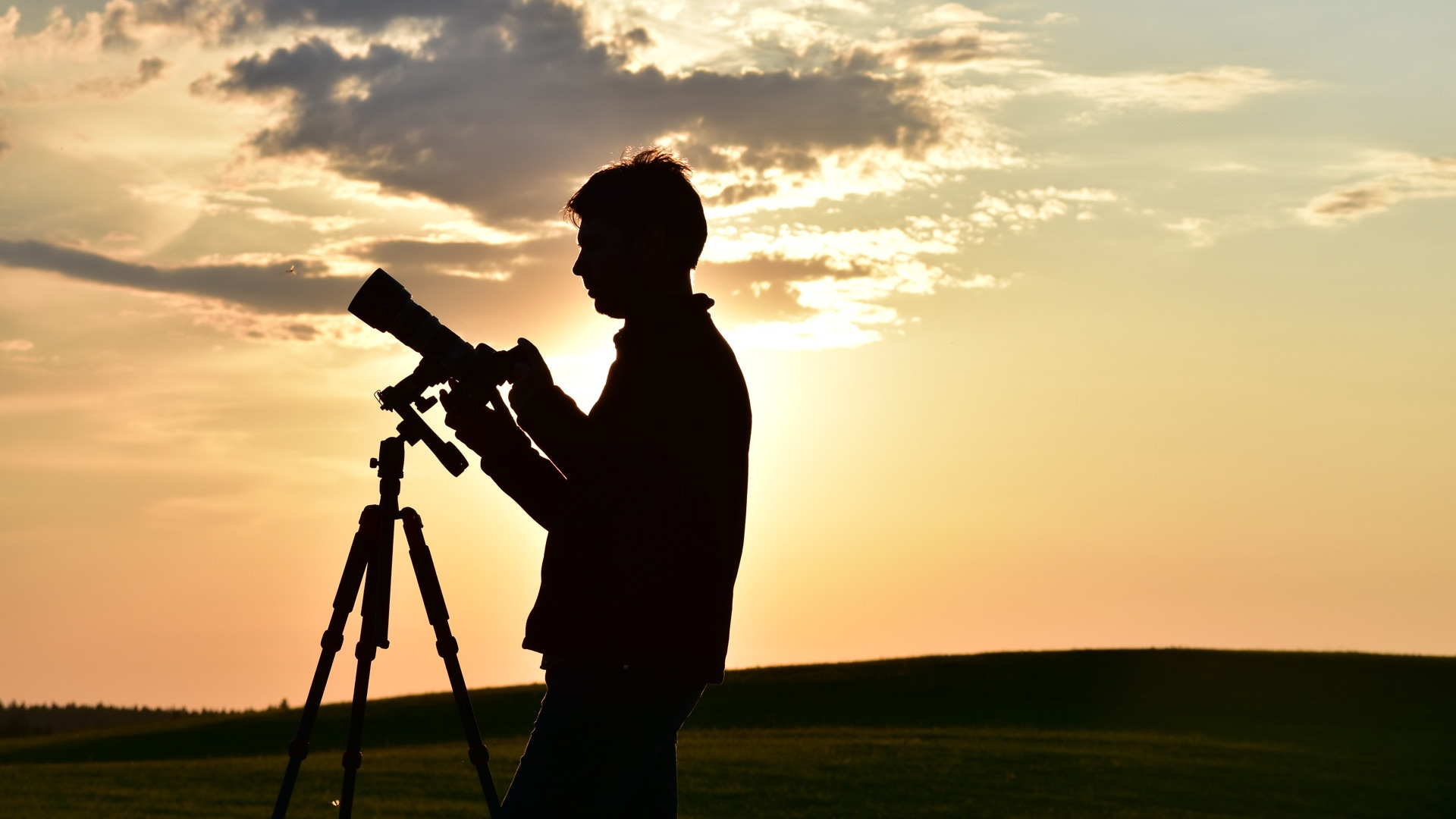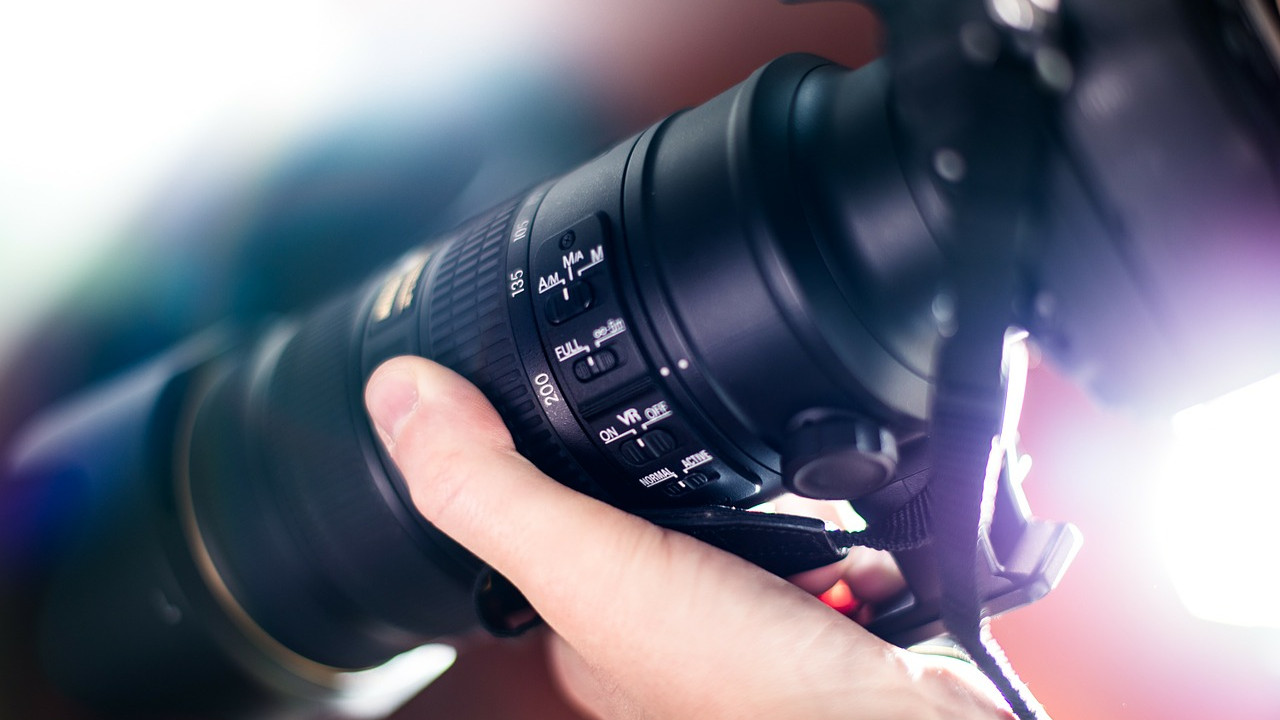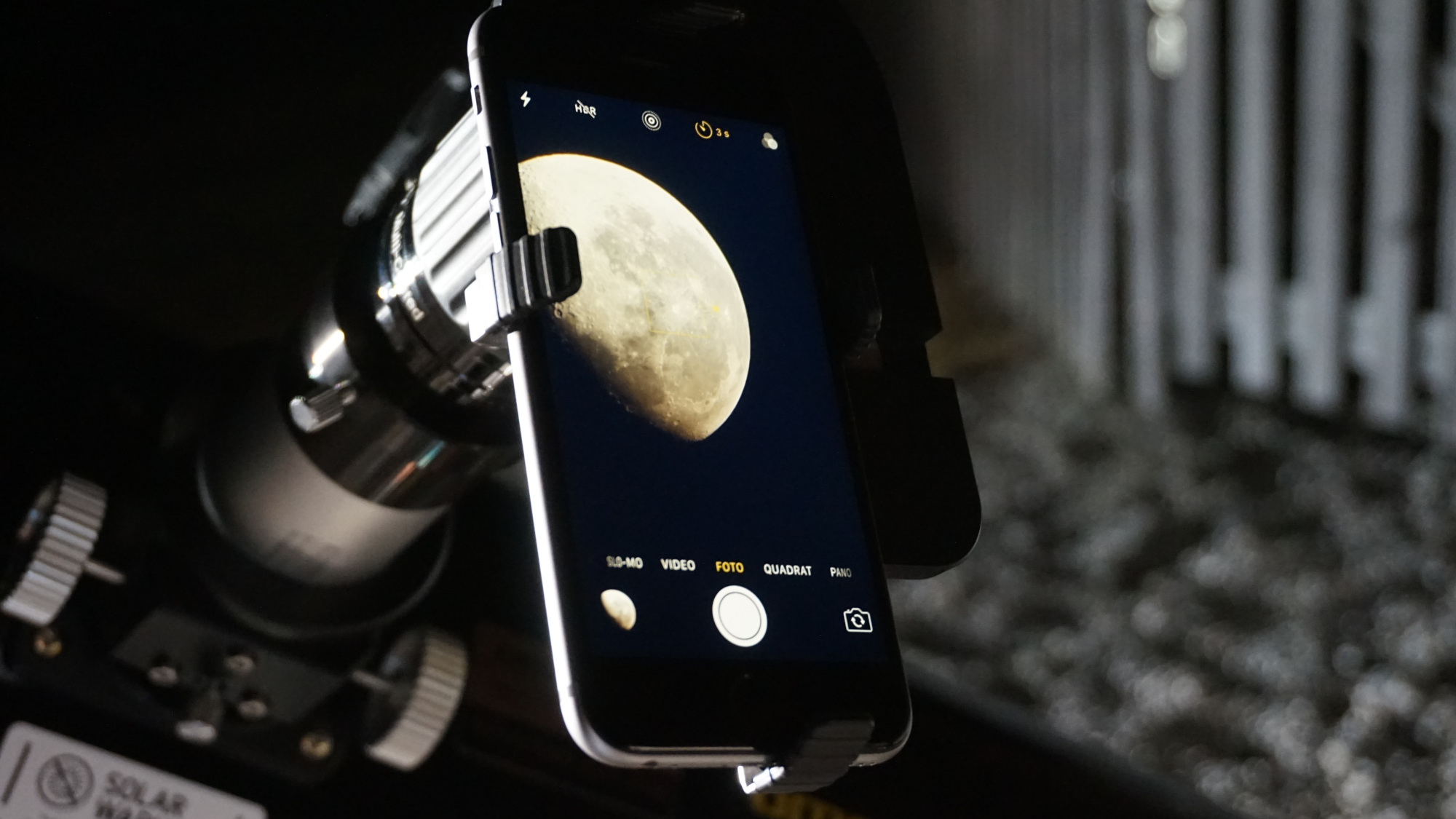Which object with which camera?
Just one camera for everything? Or are there specialist devices for planets and deep sky objects? Our table gives you an overview.
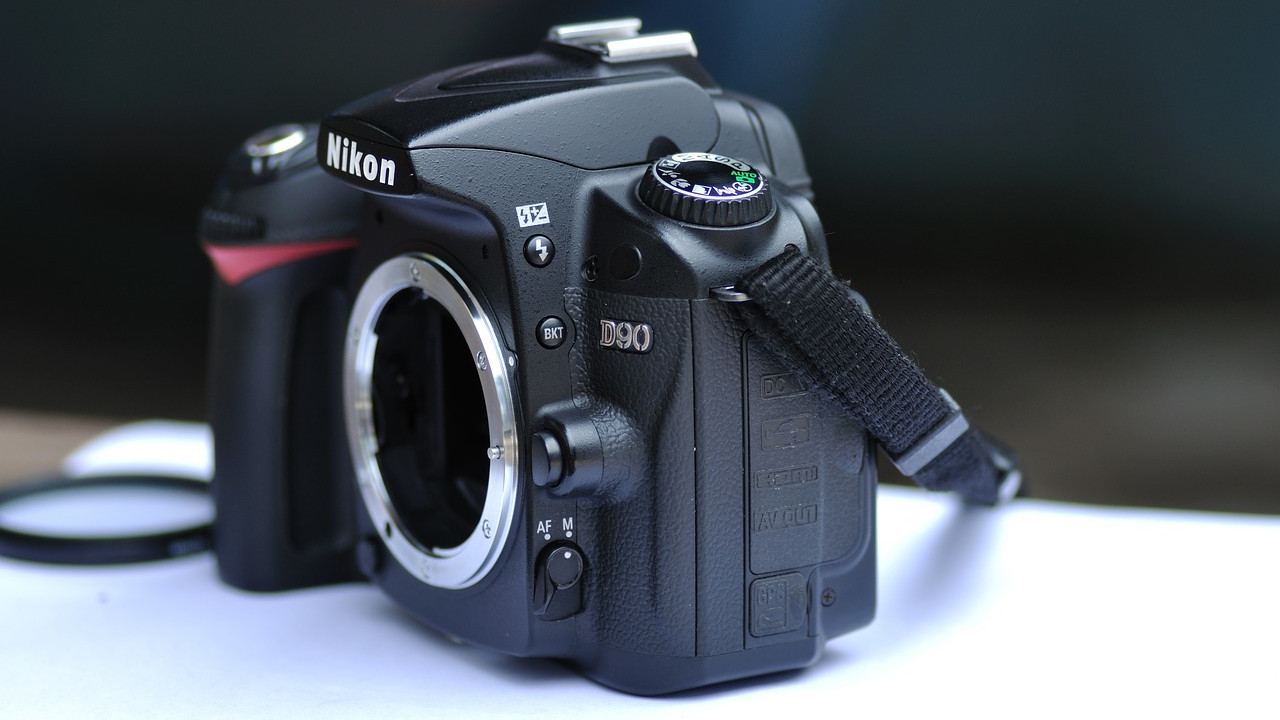
Depending on the object, different techniques will bring the best results. It’s easiest to photograph bright targets such as the Sun, Moon, Venus, Mars, Jupiter and Saturn with a webcam. The technology is reasonably-priced and good.
Astronomy webcams with small CMOS chips
The Sun, Moon and planets are happy to share their light. Therefore, the sensitivity of the camera is not critical when you want to photograph them. However, a high frame rate is an advantage: it helps to "freeze" the seeing. The best image can then be combined from many individual shots. You can achieve all this with just a webcam!
It's important that you work without compression. The video functions of compact digital cameras and mobile phones are unfortunately unsuitable, because the internal compression makes the signal unusable for image processing.
Where once the older monochrome webcams with external filters were favoured, colour webcams have become increasingly popular since the development of atmospheric dispersion correctors (ADCs).
Please note: because of the small chip size, webcams and astronomy cameras in the medium price range can only partially capture the Moon and the Sun.
Astronomy cameras with large CMOS chips and DSLRs/DSLMs
Astronomy cameras with larger CMOS chips have made impressive progress in recent years and are now catching up with the top performers with CCD sensors. Here we are already talking about the high-quality digital mirror reflex or mirror-free system camera price category.
You don't want to immediately make the leap to a specialised astronomy camera? Then it’s definitely worth trying out DSLR and DSLM cameras. The signal-to-noise ratio will even allow long-exposure images of faint star clusters and nebulae.
Cooled CMOS and CCD cameras
Cooled CCD cameras are still unbeatable for long-exposure photography. The best-known manufacturers are Apogee, SBIG and Starlight-Xpress. But also cooled CMOS cameras from ZWO or Atik have been enjoying increasing popularity among astrophotographers for many years. High sensitivity and low noise characterise these cameras and make them ideal for faint deep sky objects.
Unfortunately, long exposure times are at odds with the dream of many users, as they do not allow a live view of the sky.
Live-view cameras
Are you prepared to make a few compromises on quality? An alternative is the WAT-910HX-RC Watec camera.
It is a non-cooled, highly sensitive video surveillance camera that delivers amazing deep sky results. Image processing is similar to webcam photography; the raw images, each with a 5-seconds exposure time, are combined on the computer. The computer can compensate for tracking errors. So high-end images are possible even with the simplest mount with no tracking control!
The camera delivers an analogue video signal. So, in order to transfer the data to a PC, you’ll need a frame grabber, which you can buy from your local computer store. If you’re not in the mood to tinker, then the Atik Infinity is a more professional complete solution.
Cameras for astrophotography
